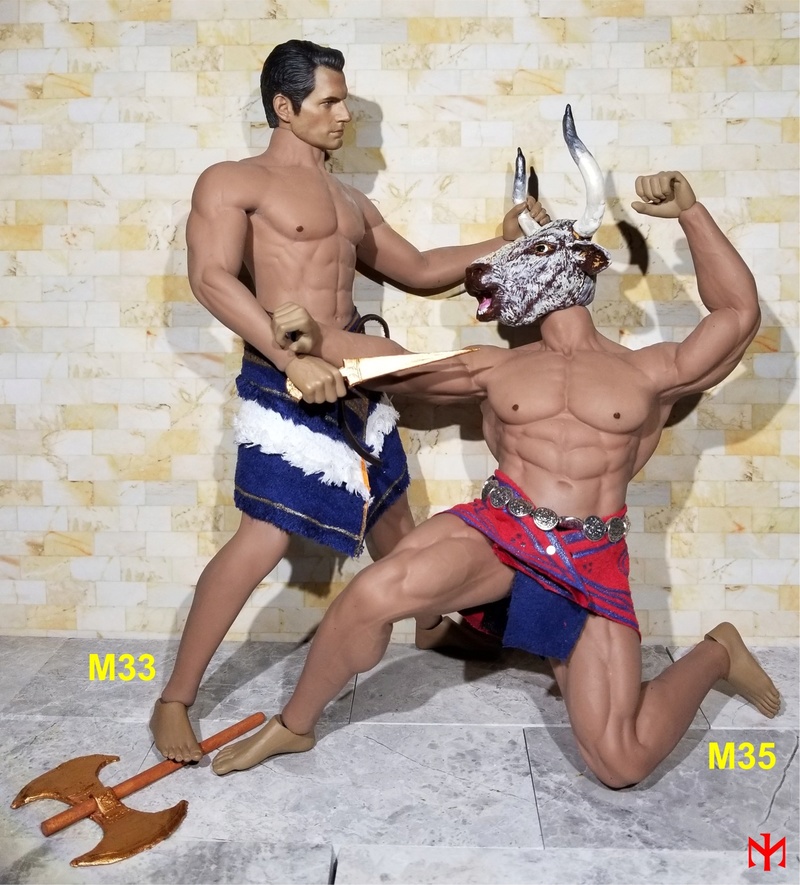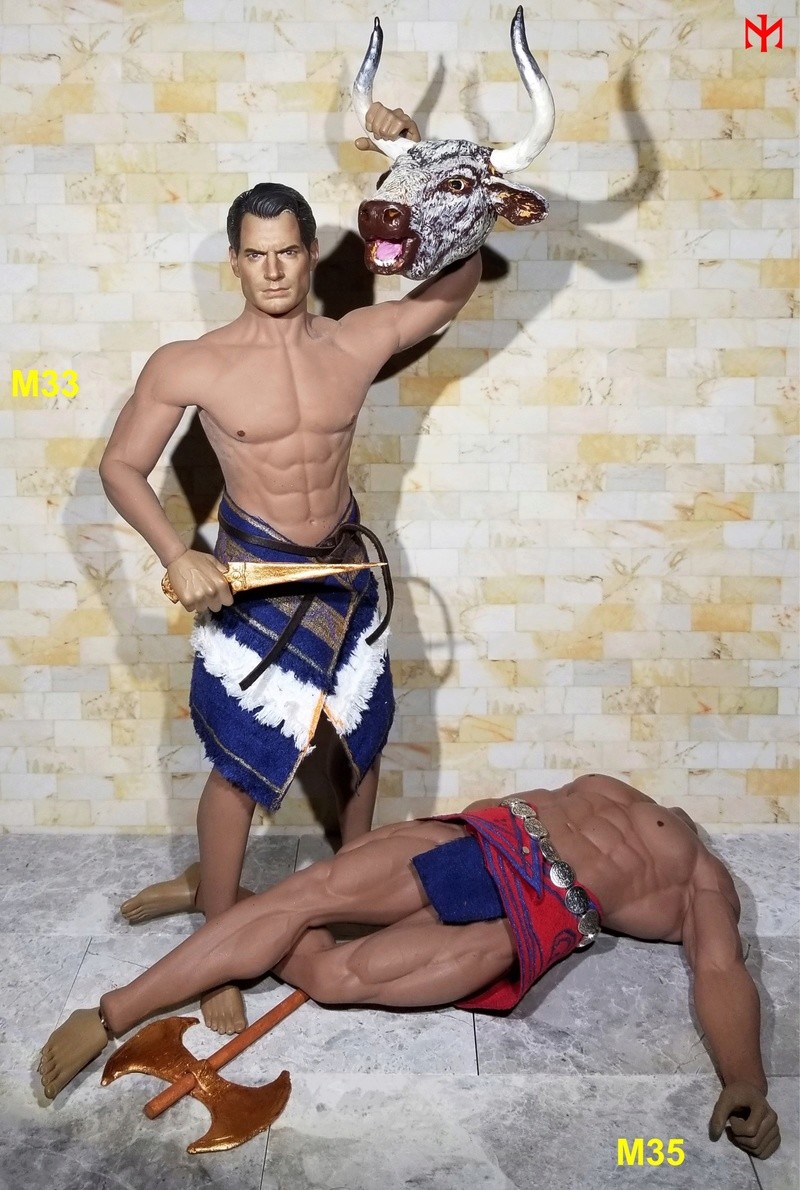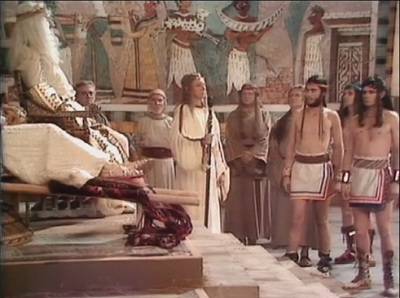shazzdan wrote: Kynaithos Homerides wrote:That said, the Iliad actually does mention tower shields, which I did take to refer to the figure-eight shields
There are no tower shields in the Iliad either.
The fact that the shield of Hector comes done to his ankles implies a tower shield.
shazzdan wrote:Aias and his shield was said to be "like a tower/wall".
Which sounds to me that it is large enough to be described as a "tower shield" and better historians than myself have made that conclusion; and Teukros his archer brother actually hides behind it in battle; it is worth noting that the large shield fits with the idea of Aias being as powerful and strong as he was, same with the construction of the shield (which you referenced) and the fact he hurls a rock at Hector's shield; the shield of Aias is described as "like a tower made of bronze, with seven layers, each one of ox-hidetower made of bronze"*. I personally do feel that Homer is obviously saying that Aias's shield is actually large but if you don't agree, it is fine, obviously.
Could Aias's shield have been smaller that it is often depicted really? Maybe... but the comparison of it with a tower or wall implies it probably is big, like that of Hector; and you cannot really deny the size of Hector's shield.
Aias' shield was circular like all the others.
I did acknowledge this but I don't agree that they mean literally circular with no indentions or things like that and I still cannot think of circular shields that are anywhere near the size of Hectors;
"With these words, Hector of the shining helmet moved away.
As he went, black leather running round the outer edge
on his studded shield struck his neck and ankles." - Iliad, Book Six. Ian Johnston translation).
"With this, Hector of the gleaming helm, departed, and as he went the black leather rim that ran round the outermost edge of his bossed shield tapped at his ankles and his neck." - A. S. Kline translation.
We have full height shields from other cultures that are circular so we know for a fact that they weren't unwieldy.
Which? Circular shields that are as big as that are extremely rare because they are hard to fight around. Even the bigger aspides or Norse shields weren't as big as the shield of Hector (and probably Aias). Most shields that reach down to the heels are square, tear-shaped (such as a kite shield) or oblong for a reason and figure-eight and Dipylon shields had indentations in the middle to make them easier to actually use with weapons, most probably. Large and completely round shields don't allow for good reach at all which is why I feel, and I am not alone thankfully (I am not just a crazy fool with a wild idea) that the large shields in the Iliad were probably oblong and with intentions like the figure of eight shield or the Dipylon shield; and I don't see why them having proto-Dipylon shields is controversial as we have representations of Dipylon-style shields in the Late Helladic IIIC, which corresponds with the best date (c. 1180) for a historical Trojan War.
*The Ian Johnston translation. I have translated the earlier parts of the Iliad myself - and recite the opening in Homeric Greek at parties for friends - but not Book Seven, which includes this fight but I am sure this translation is pretty accurate as I have read all of the Iliad in Greek. A.T. Murray renders it as "that was like a city wall, a shield of bronze with sevenfold bull's-hide", and A.S. Kline renders it as, " tower-like shield of bronze, with its sevenfold layers of leather".









